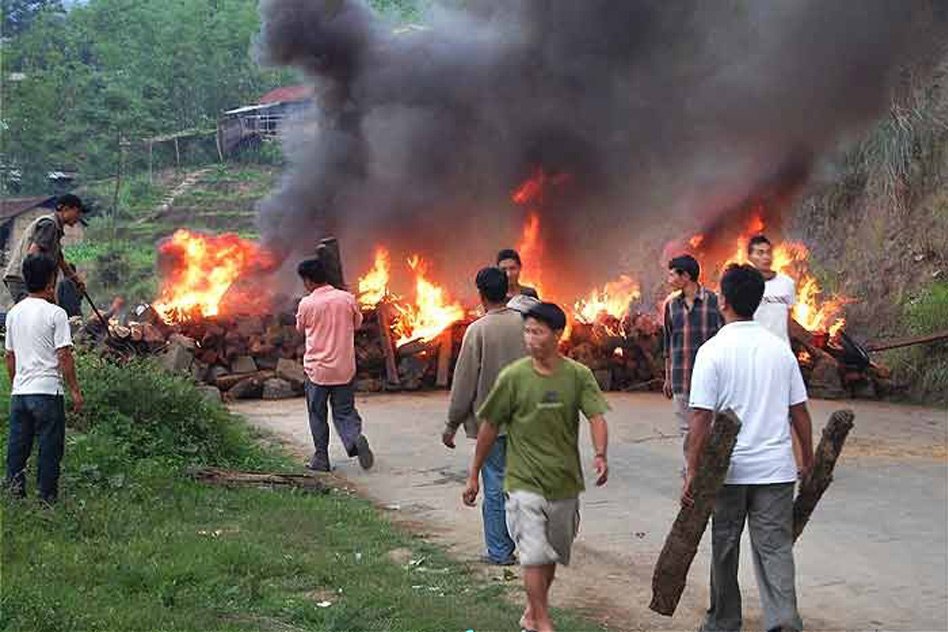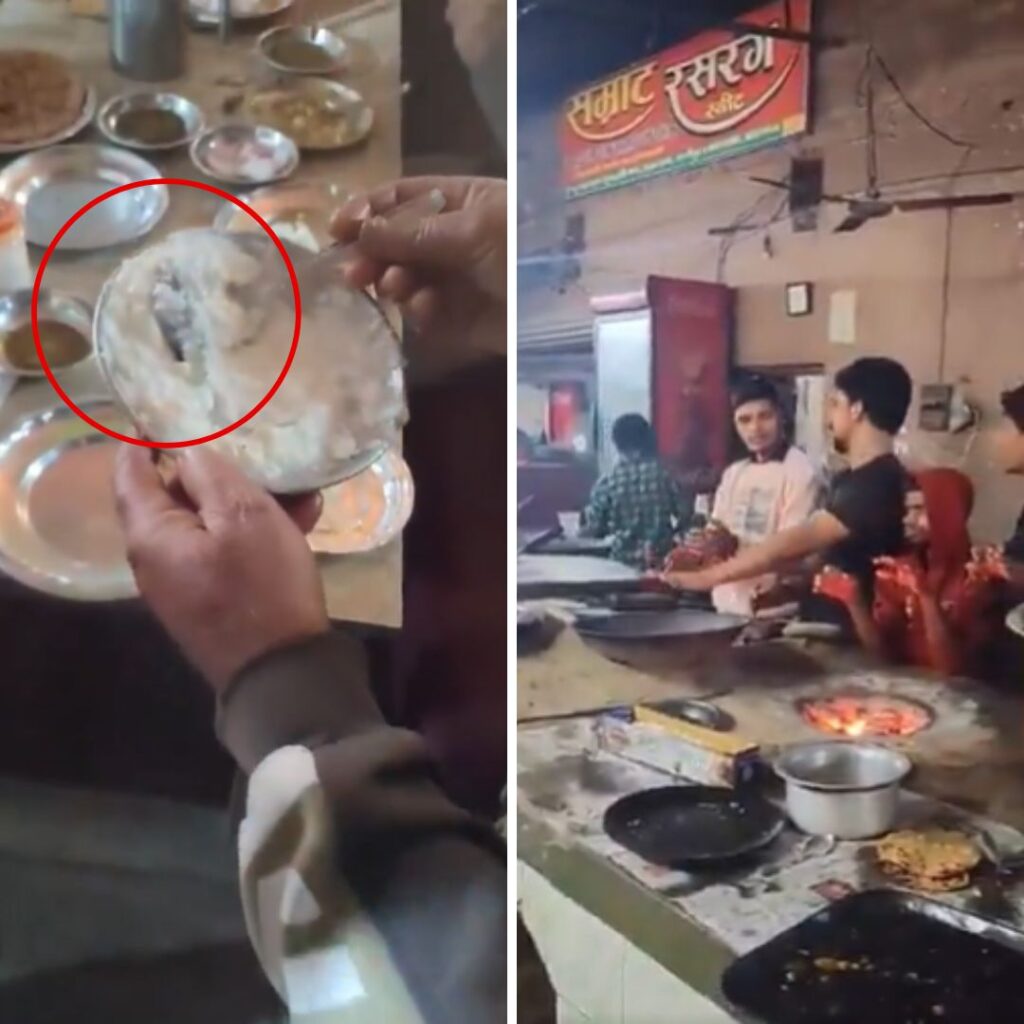Video Source: Boom Live | Image Courtesy: www.worldpulse.com
In the escalated battle between the tribal’s and the State, 8 have lost their lives. The mob set fire to the houses of 5 MLAs in angst that their representatives could not stop the passage of the Bill. Manipur is burning.
What the protest is all about?
The protests are against the passage of three bills Protection of Manipur People’s Bill, 2015, Manipur Land Revenue and Land Reforms (Seventh Amendment) Bill, 2015, and Manipur Shops and Establishments (Second Amendment) Bill, 2015 — in the Assembly.
Tribals claim that the protection of Manipur people’s bill 2015 and the two other bills would ease the process of buying land by migrant workers in the state. Manipur land reforms bill apparently brings all land under the Manipur government which even includes tribal lands. The tribal population, whose land is protected under the 6th schedule on account of being a tribal people, believe that it’s a ploy by the Meitei dominated Manipur government to grab tribal land and marginalise their population. Tribal land in the state is governed by customary law and can only be sold to another tribal.
The main resentment against Protection of Manipur People’s Bill 205 is that the base year to identify non-indigenous people has been set to 1951 where the tribals who inhabit 5 hill districts of Manipur say that the tribal councils have not kept records prior to 1971.
The bills were the result of two months of protest by several organisations demanding imposition of Inner Line Permit (ILP) in line with Arunachal Pradesh, Mizoram and Nagaland where the system is prevalent. The dominant Mietei community of Manipur have been demanding the implementation of the permit to restrict the entry of ‘mainland Indians’ for years.
All you have to know about ILP
This system is 142 years old introduced by the British to protect their revenue districts of the Assam plains from the wild hillmen. It came into force in 1873 to restrict the entry and movement of people from the plains. It is a kind of travel document to enter the states. The ILP remained in force even after independence and stayed with Mizoram, Nagaland and Arunachal Pradesh.
ILP will stop the influx of migrants from Bangladesh who enter the territory illegally and even rest of India.
The noticeable point is that the fight against a common enemy has brought the traditionally hostile rivals- Nagas, Kukis and Zomis to fight the Meiteis. Curfew has been clamped down on Churachandpur.
As per the report in Hindustan Times the bills envisage
# passes for non-Manipuris traveling to the state.
# Non-Manipuri tenants will have to register their names with government.
# Identity cards for employees in shops to keep tab on non-Manipuri workers.
# Non-Manipuris will have to take government permission to buy land.











